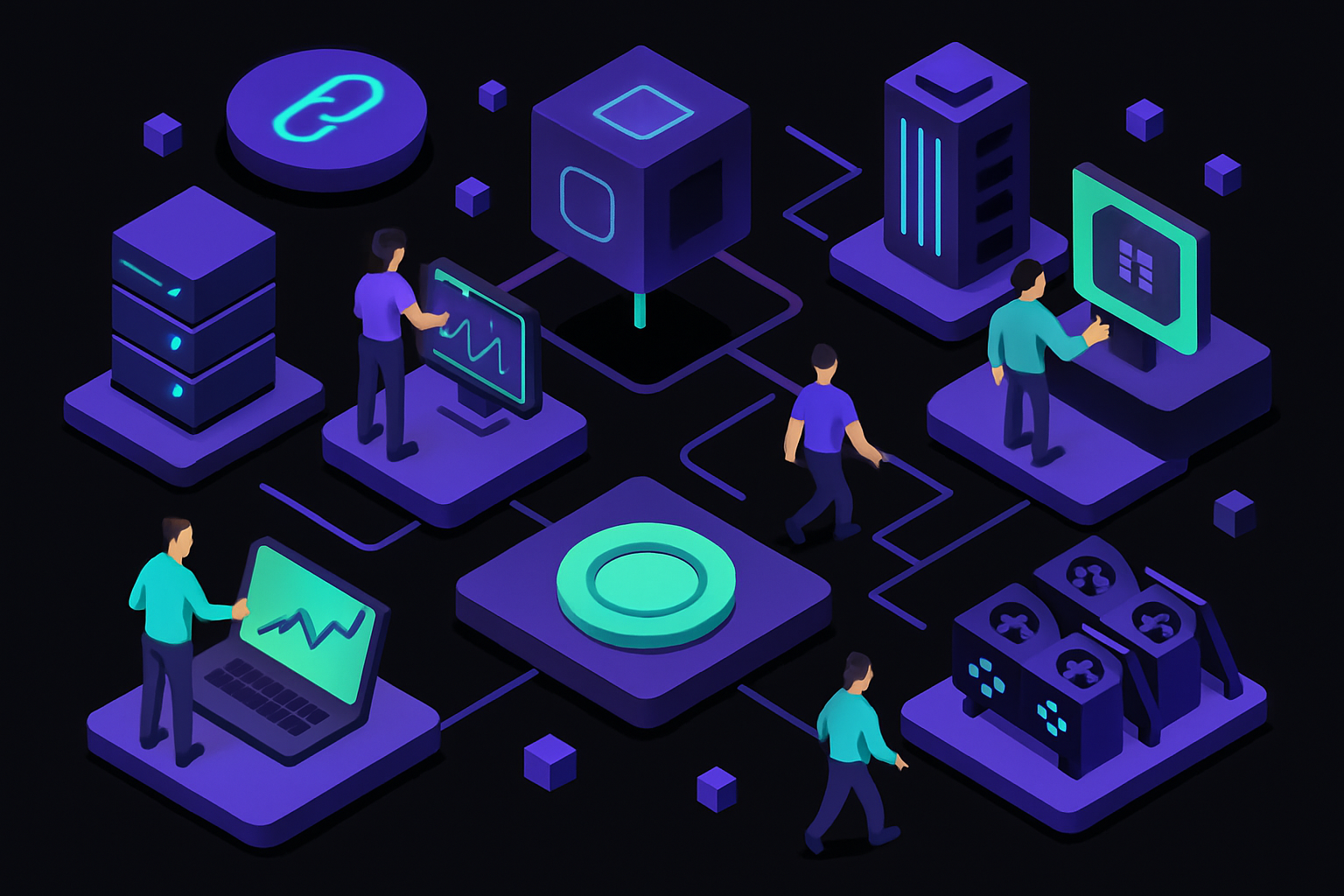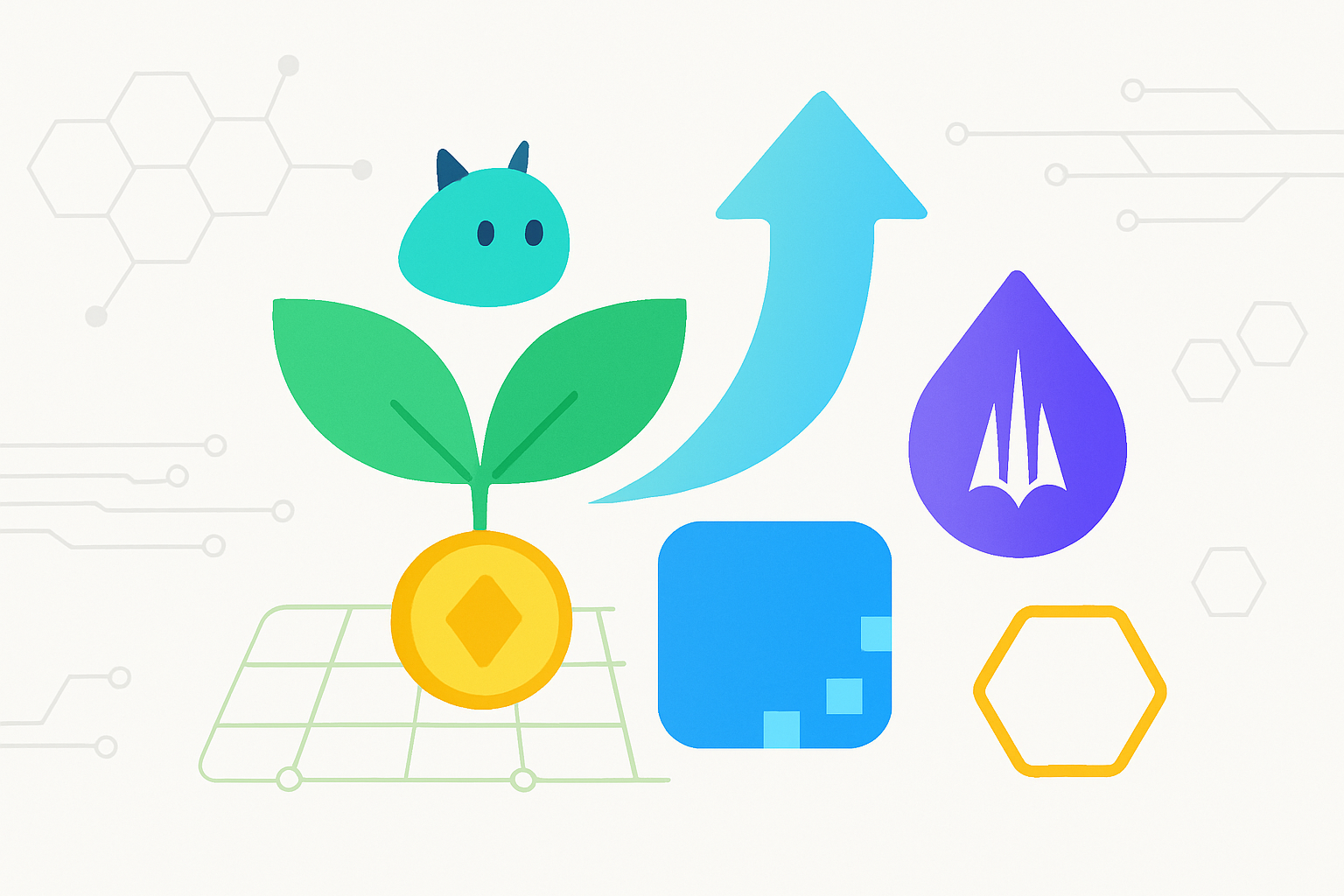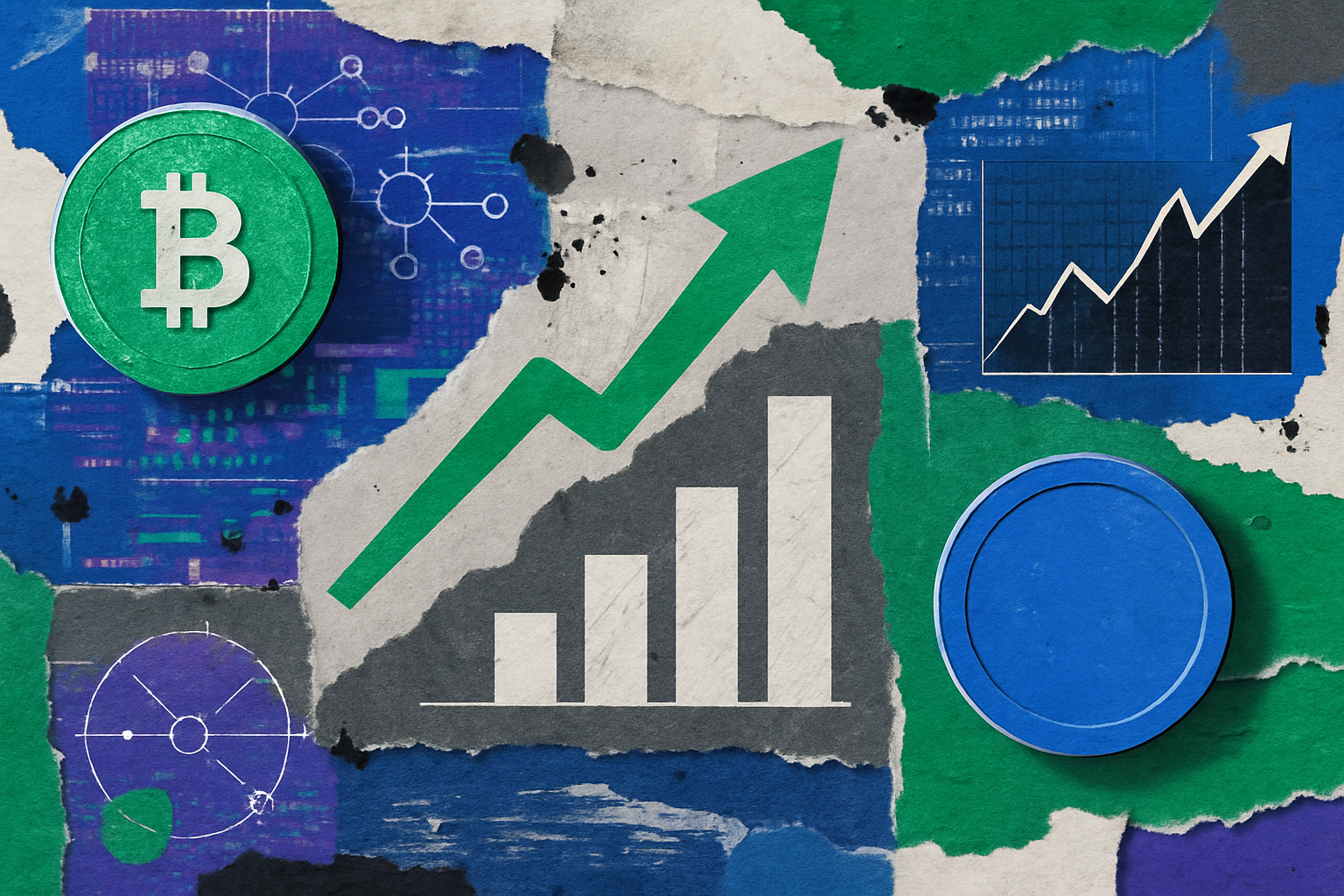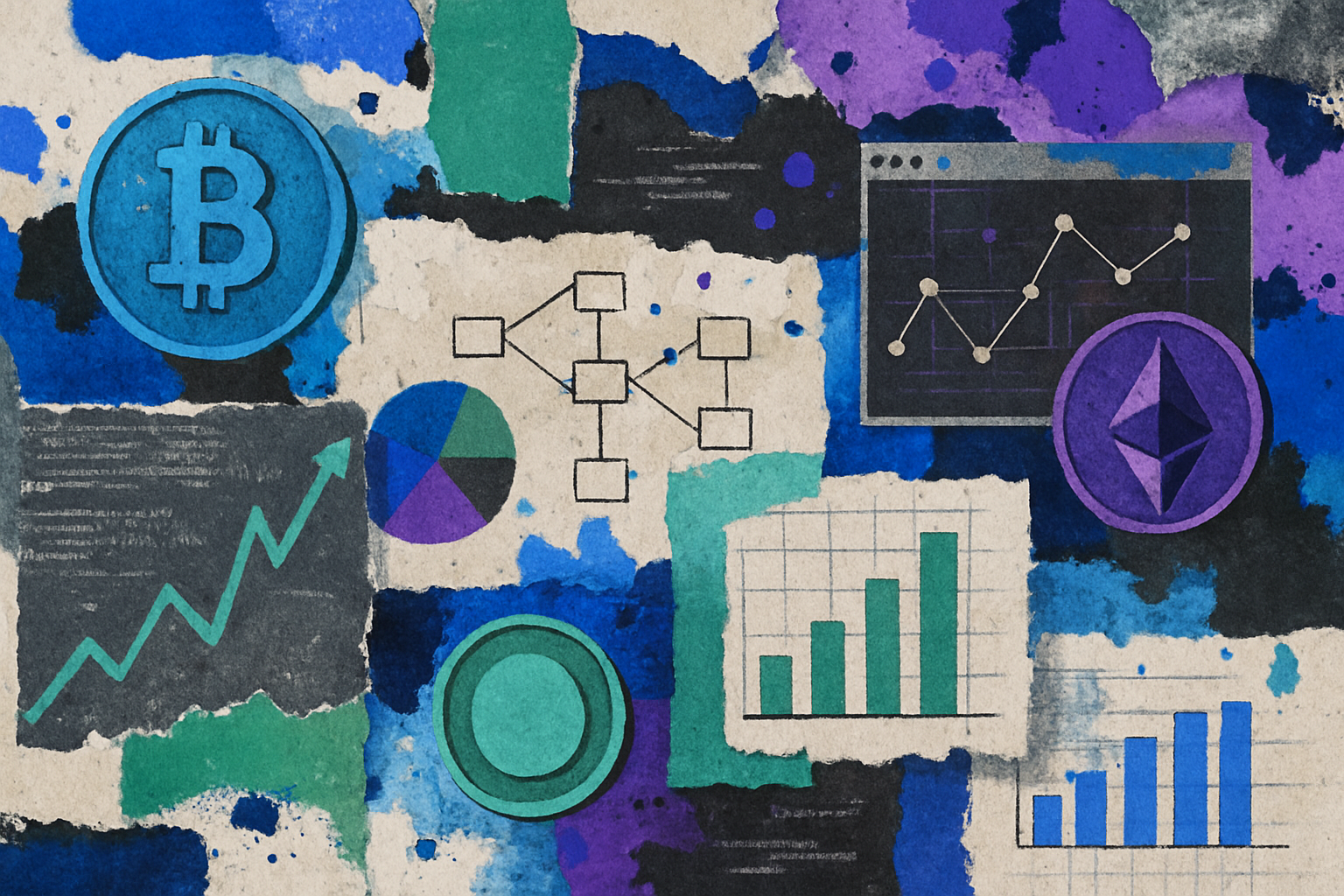
NFT-based economies are rewriting the rules of player-owned marketplaces in blockchain games, shifting the balance of power from developers to players. In a landscape where digital asset ownership is becoming the new standard, NFTs serve as the backbone for robust, decentralized trading environments. Ethereum, currently priced at $3,947.23, remains the leading network for NFT transactions, but chains like Polygon, Solana, and Ronin are rapidly gaining ground with lower fees and faster settlement times.
True Digital Ownership: The Core of NFT Marketplaces
Traditional gaming economies have long restricted players to walled gardens where in-game assets are locked within proprietary systems. With NFTs, every item, whether it’s a weapon skin, piece of virtual land, or rare collectible, is minted as a unique token on-chain. This means players own their assets outright; they can trade them freely on open markets or hold them independently from any single game’s servers.
Top Gaming NFT Marketplaces in 2025
-
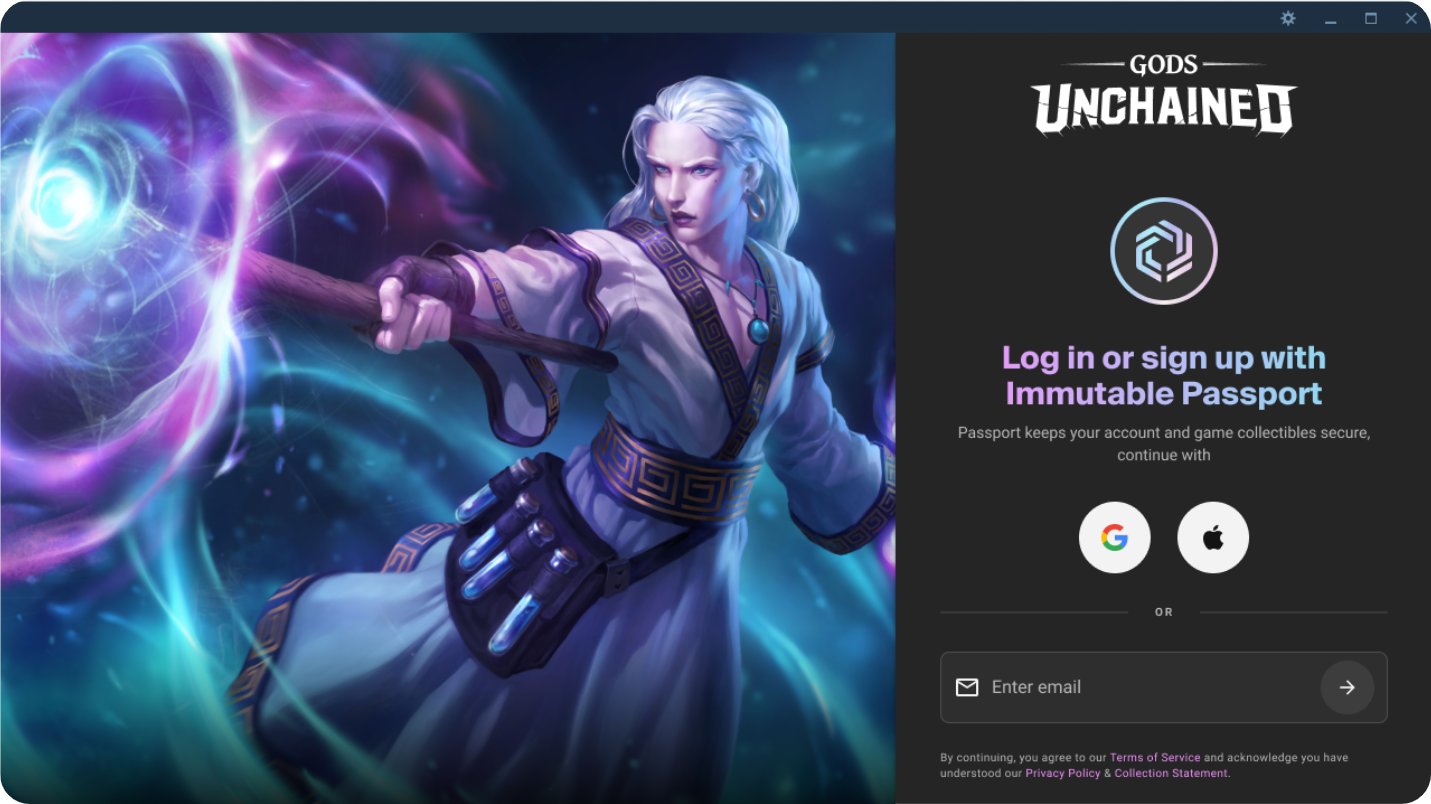
Immutable X Marketplace – As a leading Layer-2 solution for Ethereum, Immutable X offers gas-free NFT trading for top blockchain games like Gods Unchained and Guild of Guardians. Its high throughput and eco-friendly approach have attracted a vibrant gaming community.
-
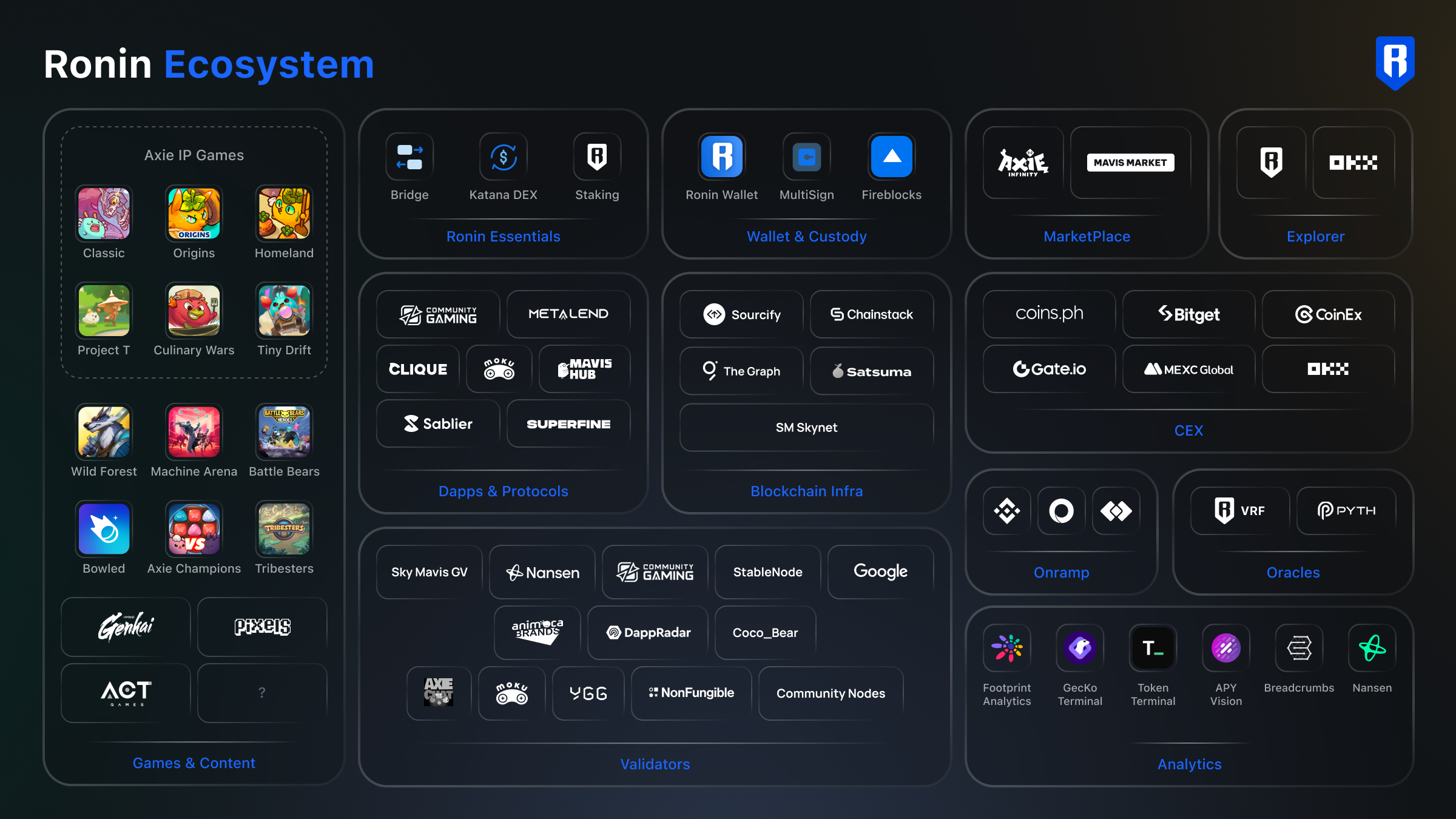
Ronin Marketplace – Built specifically for gaming by Sky Mavis, Ronin powers Axie Infinity and Craft World. Its player-owned economy and low fees have made it a hub for high-volume NFT trading in 2025.
-

OpenSea (Gaming Section) – As the world’s largest NFT platform, OpenSea’s dedicated gaming NFT section hosts assets from major blockchain games across Ethereum, Polygon, and more, serving millions of users monthly.
-

Magic Eden – Originally a Solana-native marketplace, Magic Eden has expanded to support multichain gaming NFTs, including Polygon and Ethereum, making it a top choice for trading in-game assets and collectibles.
-
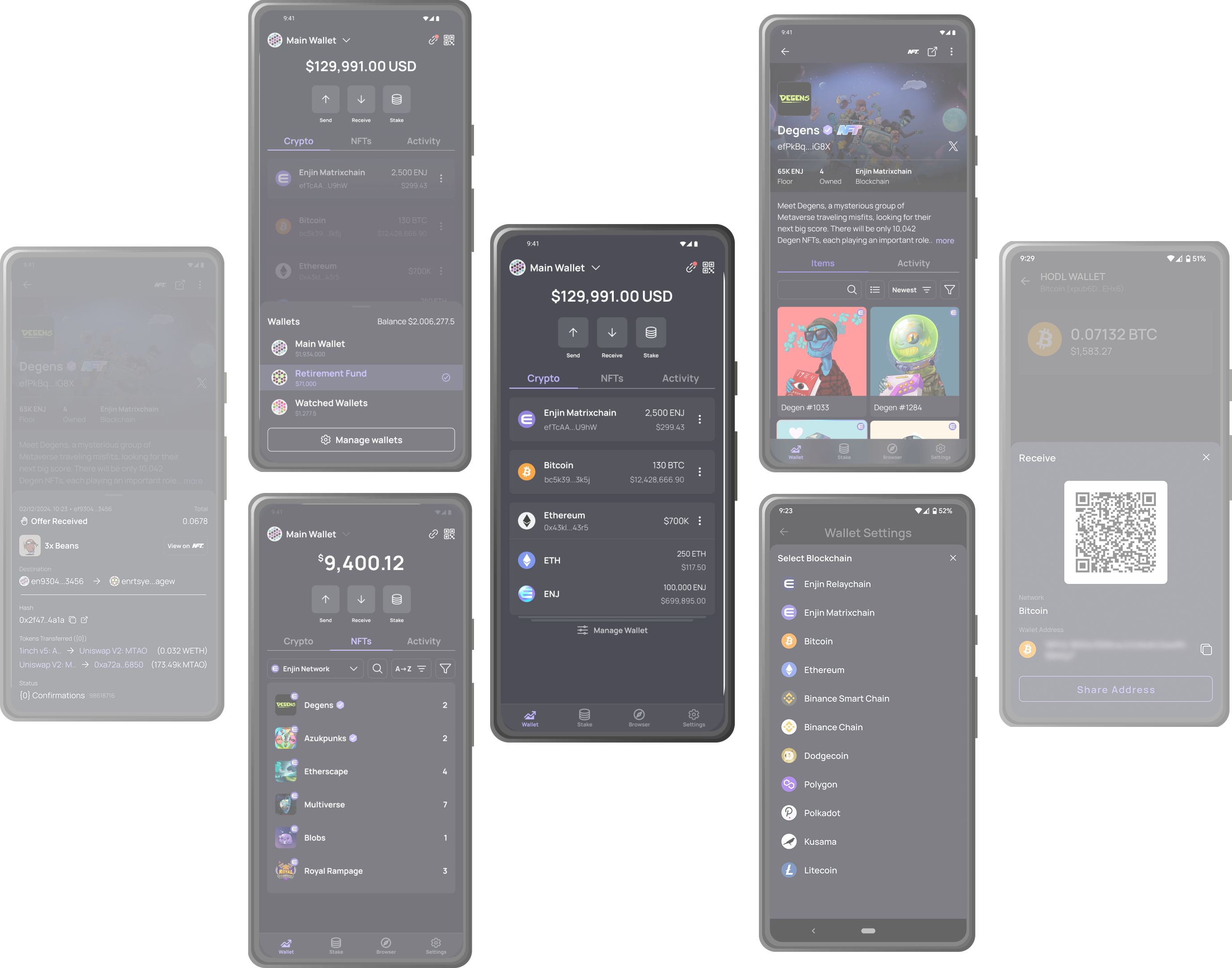
Enjin Marketplace – Enjin’s platform specializes in interoperable gaming NFTs, enabling players to trade items usable across multiple Enjin-powered games and metaverse projects.
-

Mythical Marketplace – Created by Mythical Games, this marketplace enables secure, peer-to-peer trading of NFTs from games like Blankos Block Party, emphasizing player monetization and ownership.
-
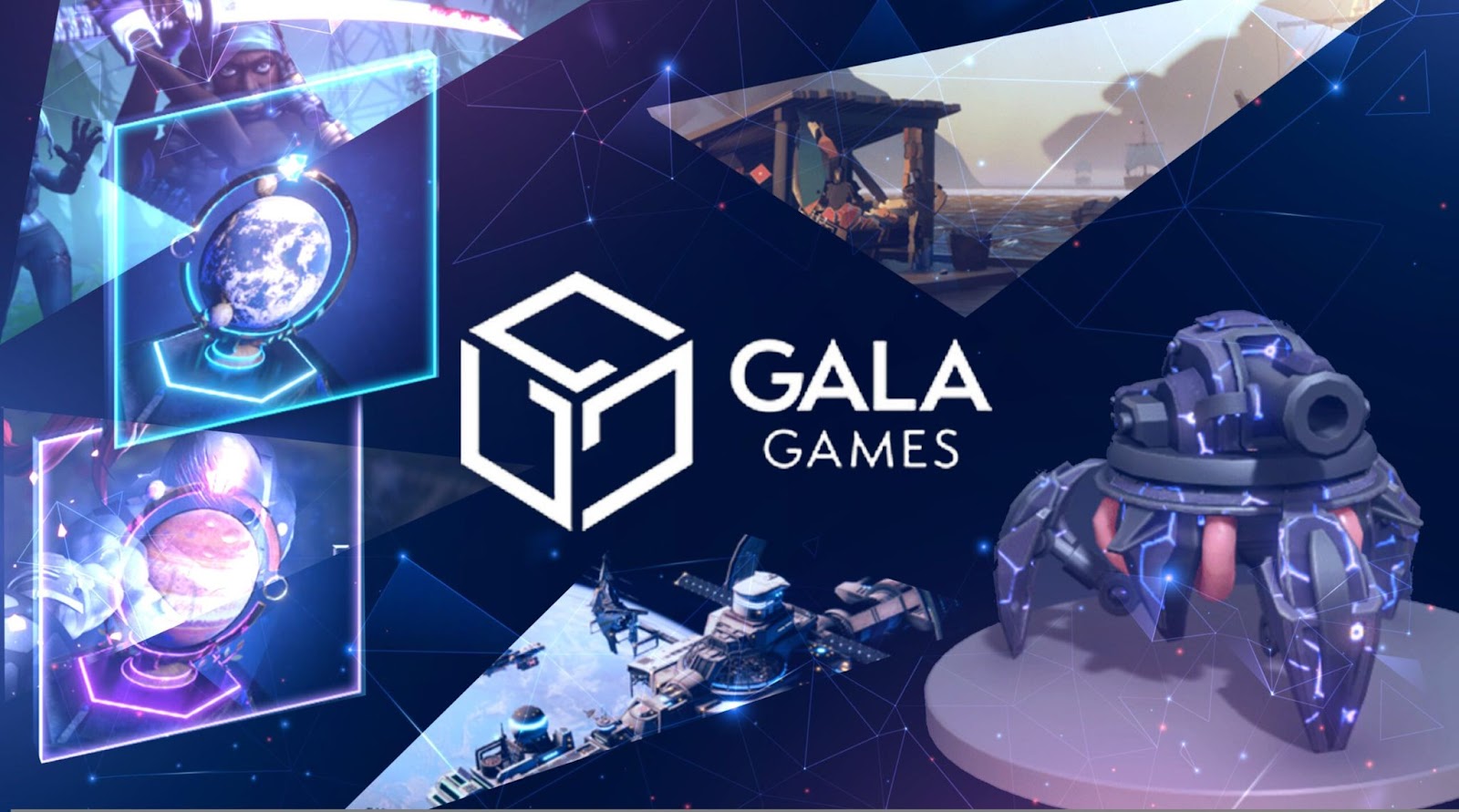
Gala Games Store – Gala’s ecosystem features a robust NFT marketplace where players can buy, sell, and trade assets from popular titles like Spider Tanks and Town Star, driving significant user activity.
-

The Sandbox Marketplace – Focused on virtual real estate and game assets, The Sandbox’s NFT marketplace empowers players to create, own, and monetize land, avatars, and digital items within its metaverse.
-
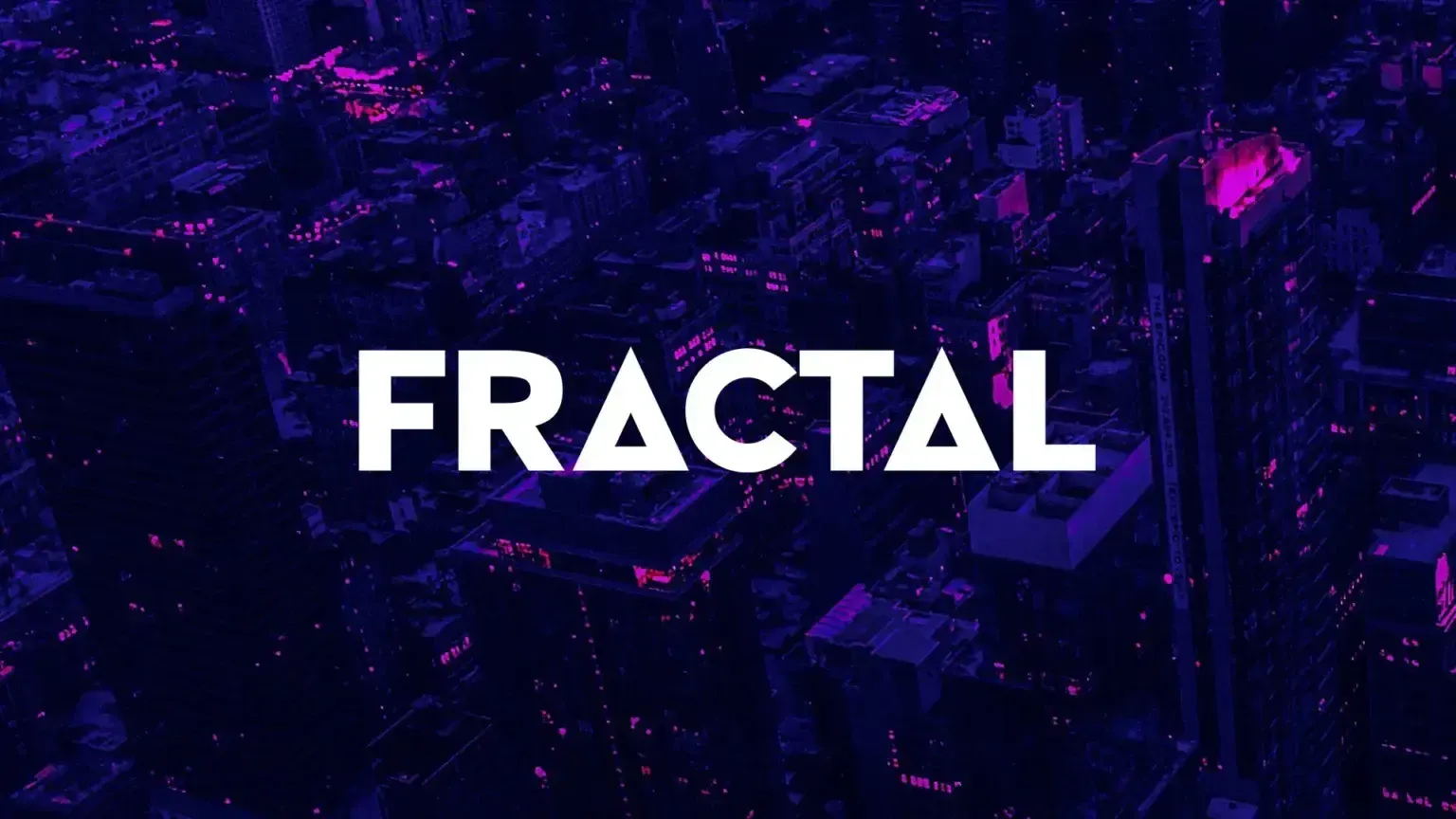
Fractal – Founded by Twitch co-founder Justin Kan, Fractal is a Solana-based NFT marketplace specializing in blockchain gaming assets, supporting top games and a rapidly growing user base.
The implications are profound: for the first time, digital items possess real liquidity and value outside their native games. According to Finance Magnates, titles like Nine Chronicles have fully embraced this model, allowing all in-game items to be exchanged peer-to-peer without developer oversight. This not only incentivizes skilled play but also fosters thriving secondary markets where supply and demand dictate pricing.
Case Studies: Craft World and Blankos Block Party
Leading projects are already demonstrating how NFT-based economies supercharge player engagement and monetization:
- Craft World: Running entirely on the Ronin network, this idle resource management game lets users collect over 25 unique resources as ERC-20 tokens. During its Polygon test phase, it drew more than 240,000 wallets, a testament to surging interest in transparent Web3 economies (NFT Playgrounds).
- Blankos Block Party: Developed by Mythical Games, Blankos gives players ownership of playable character NFTs that can be upgraded or sold on a proprietary marketplace. Every transaction is recorded on-chain for full transparency (BusinessWire).
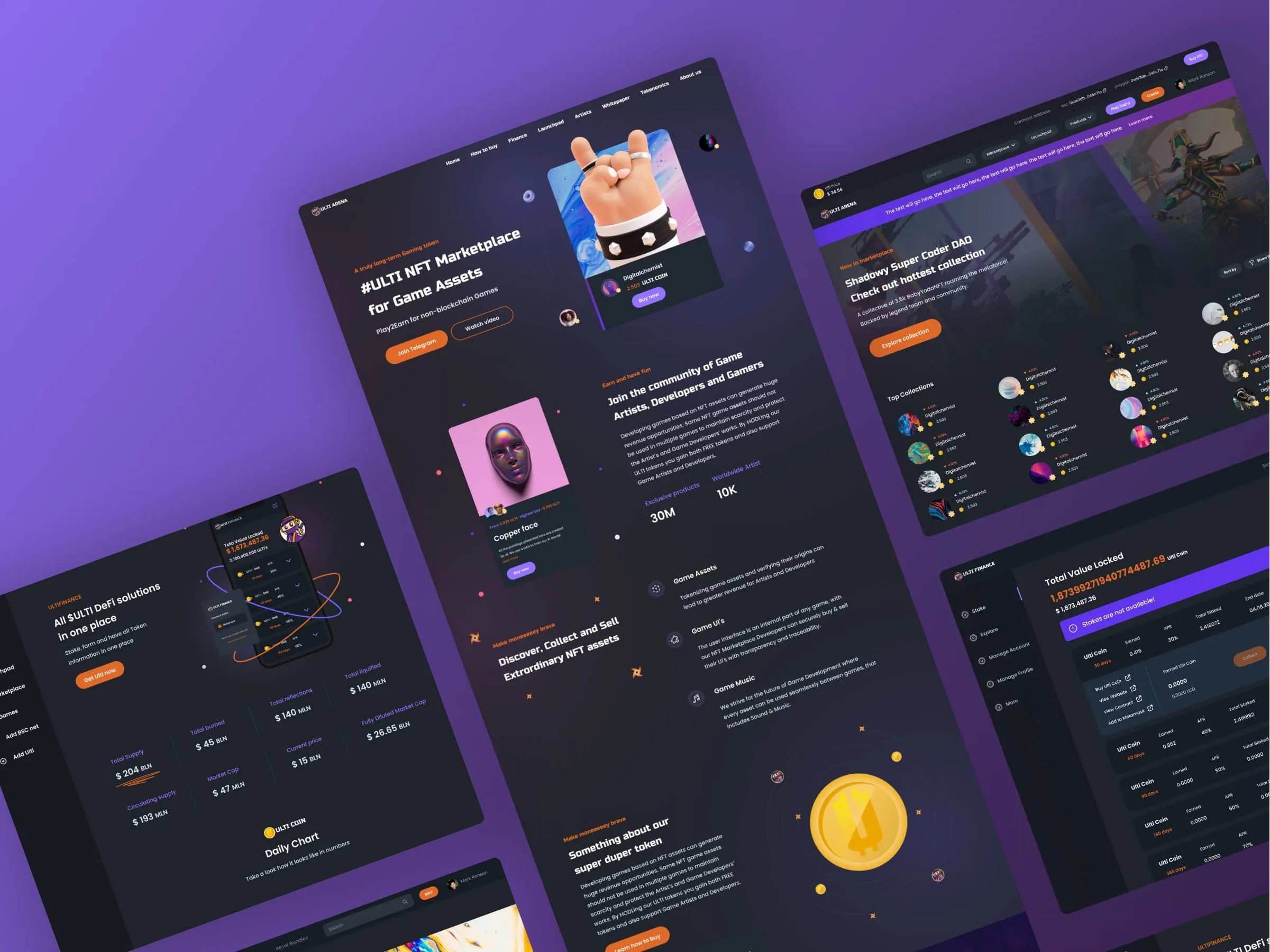
The Mechanics of Player-Owned Marketplaces
NFT-driven marketplaces operate on a simple but powerful principle: verifiable scarcity plus open access equals real economic value. Players can instantly list their assets for sale or auction across multichain platforms like Arbitrum, Avalanche, BNB Chain, and Base, bypassing traditional gatekeepers entirely. The result is an emerging class of gamer-investors who treat digital items as both utility and portfolio holdings.
This evolution is not just about profit; it’s about participation. As more games introduce interoperable NFTs, items usable across multiple titles, players gain flexibility and leverage previously unimaginable within closed ecosystems.
Key Benefits Driving Adoption
- Monetization Opportunities: Gamers can earn real-world income by trading high-demand NFTs.
- Interoperability: Assets designed for cross-game compatibility expand utility far beyond single-game silos.
- Decentralized Control: Peer-to-peer transactions eliminate middlemen and increase transparency.
- Community Engagement: Ownership fosters loyalty and deeper investment in virtual worlds.
Yet, as NFT-based economies mature, players and developers alike are grappling with new layers of complexity. The volatility of digital asset prices, mirrored by Ethereum’s current price at $3,947.23: can create both windfalls and risks for participants. Game studios must balance economic incentives with sustainable game design, ensuring that speculation does not eclipse gameplay itself.
Navigating Challenges in Blockchain Game Economies
Regulatory uncertainty is another critical factor shaping the future of NFT in gaming. Jurisdictions worldwide are racing to define how NFTs fit into existing financial frameworks. Developers must remain agile, adapting to evolving compliance standards while maintaining the decentralized ethos that draws players to these ecosystems in the first place.
Environmental concerns persist, particularly for projects built on energy-intensive blockchains. However, chains like Polygon and Solana are actively pursuing greener consensus mechanisms, making NFT asset ownership more sustainable as adoption scales.
“NFTs are more than collectibles, they’re programmable assets fueling a new wave of player-driven innovation. “
The next generation of blockchain games is already pushing boundaries by integrating features like NFT breeding (creating new NFTs from existing ones), dynamic in-game economies, and virtual real estate trading. Platforms such as The Sandbox and Gala Games are pioneering these models, giving rise to metaverse-scale experiences where user-generated content and commerce intertwine seamlessly.
Most Innovative NFT Use Cases in 2025 Blockchain Games
-
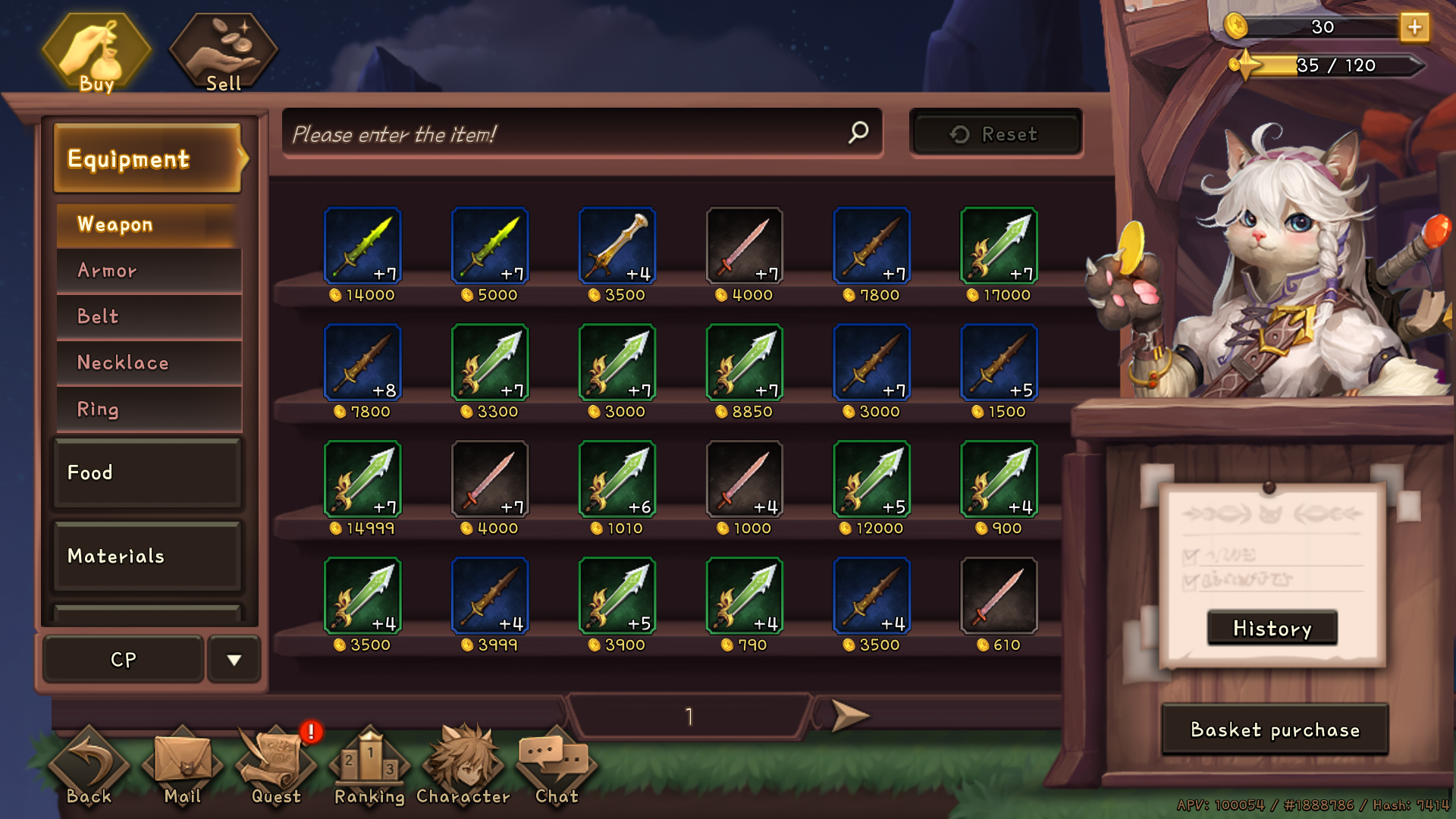
Player-Owned Marketplaces: Games like Nine Chronicles and Blankos Block Party empower players to freely trade, sell, and monetize in-game NFTs on decentralized marketplaces, fostering robust, player-driven economies.
-
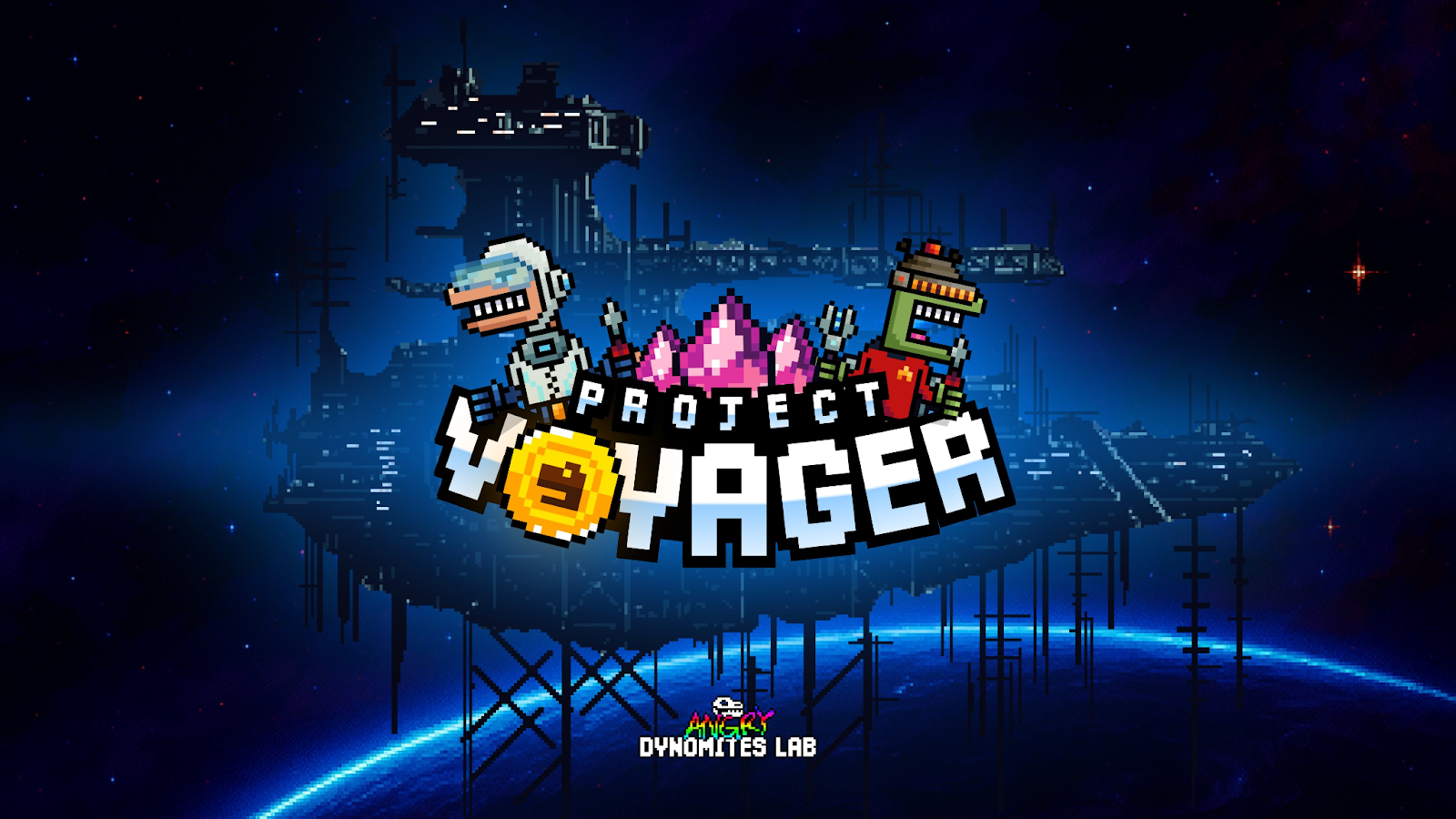
On-Chain Resource Management: Craft World leverages NFTs to represent over 25 unique in-game resources as ERC-20 tokens, allowing transparent ownership, trading, and resource management entirely on the Ronin blockchain.
-
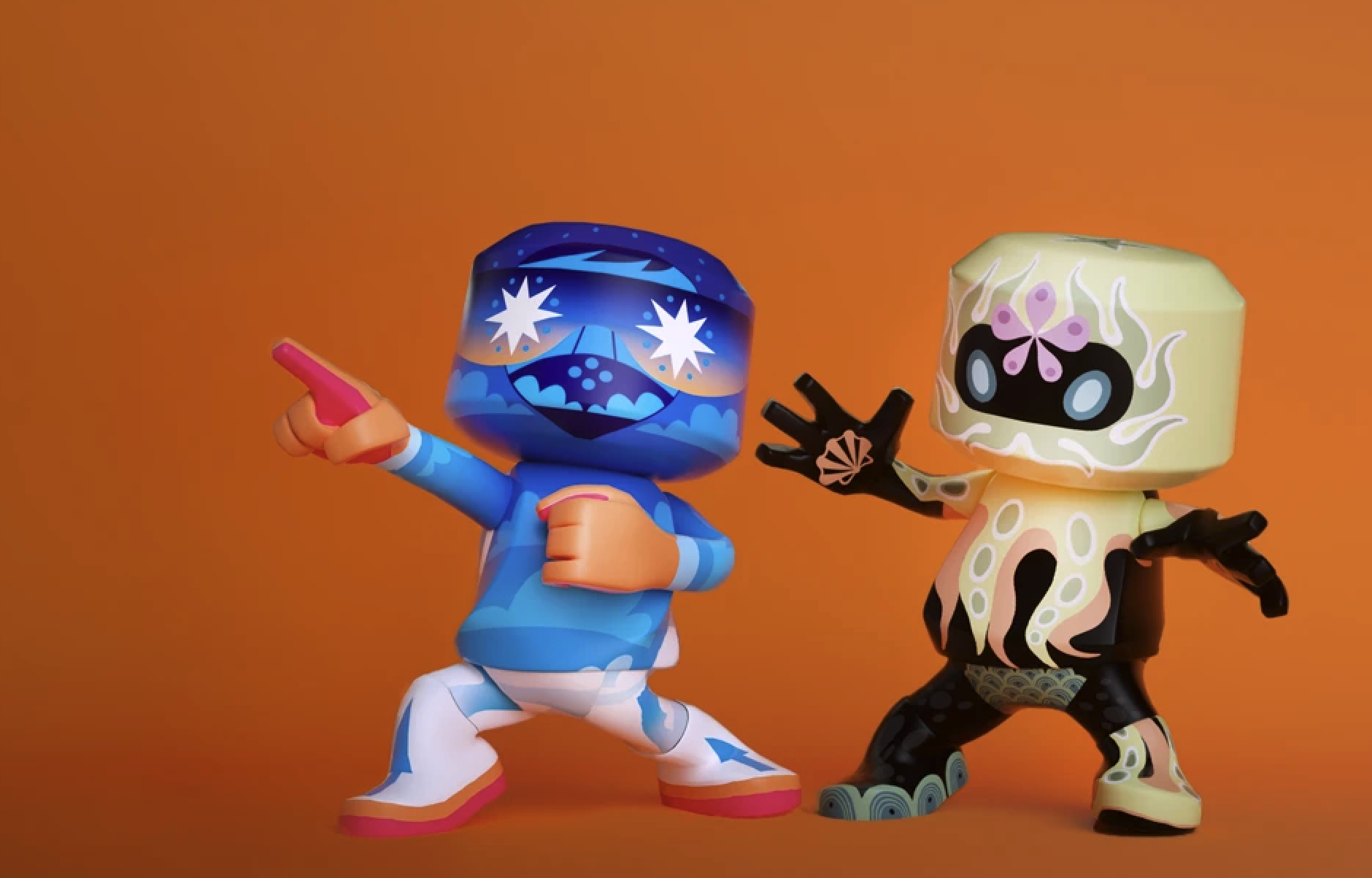
Playable and Upgradable NFT Avatars: In Blankos Block Party, players collect, upgrade, and sell unique NFT avatars and accessories, with all transactions securely recorded on the blockchain.
-
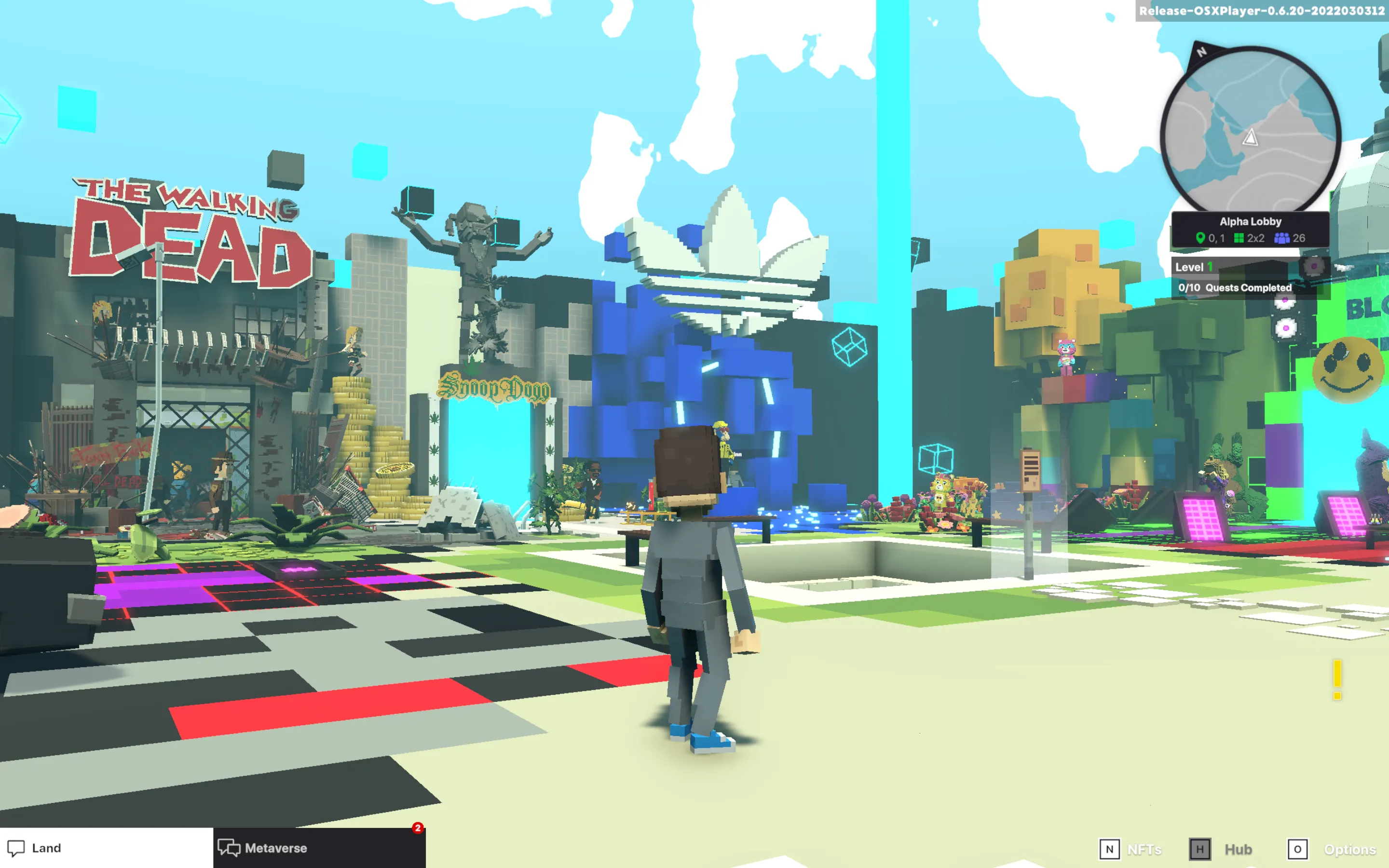
Interoperable NFT Assets: Platforms like The Sandbox enable assets and avatars to be used across multiple games and experiences, giving players more utility and value from their NFTs.
-
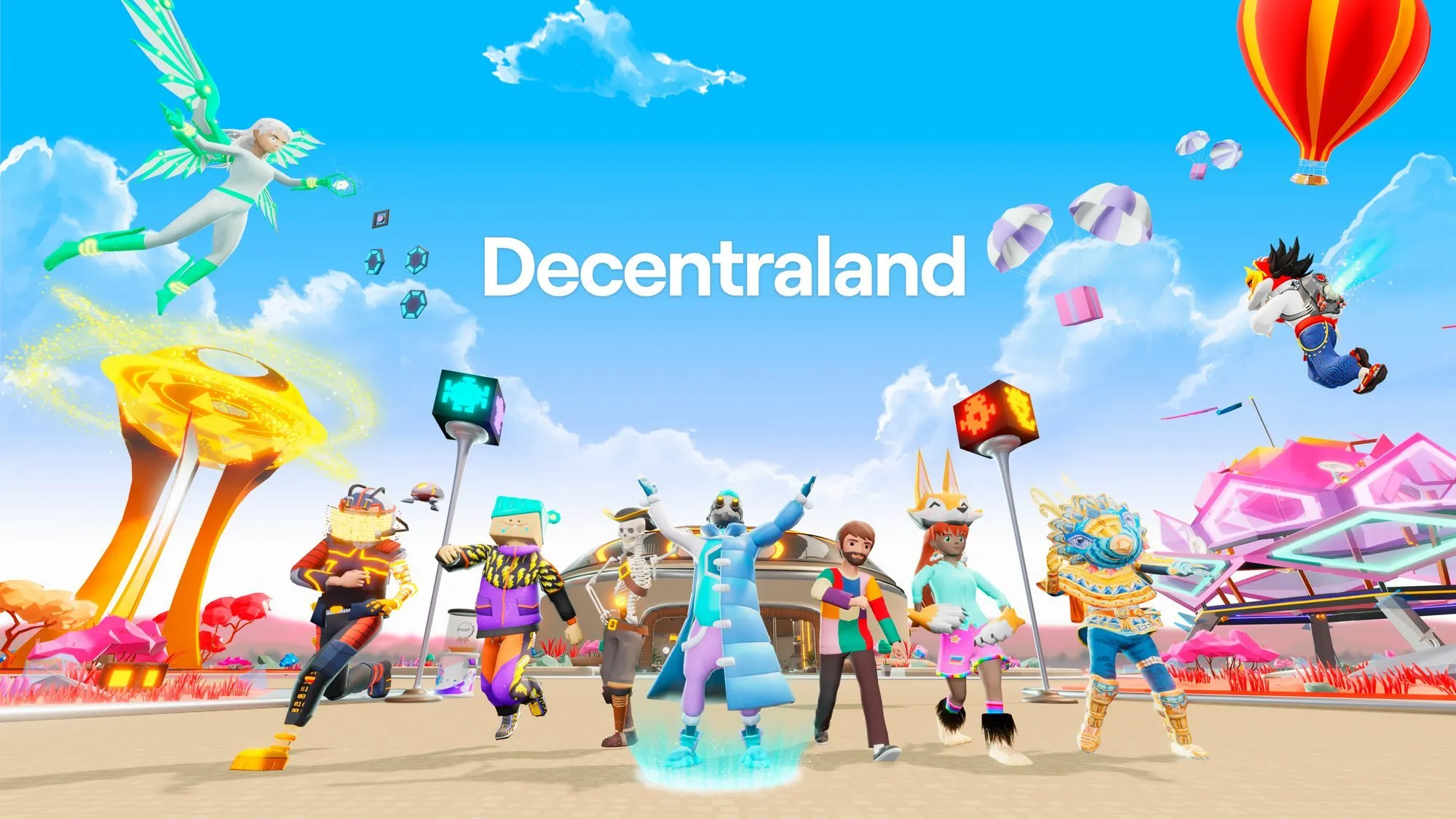
Virtual Real Estate Ownership: Games such as Decentraland and The Sandbox allow players to buy, sell, and develop virtual land as NFTs, creating new digital economies and monetization opportunities.
-

Breeding and Evolving NFT Characters: Axie Infinity pioneered the concept of breeding unique NFT creatures, enabling players to create, trade, and battle with their own digital assets.
-
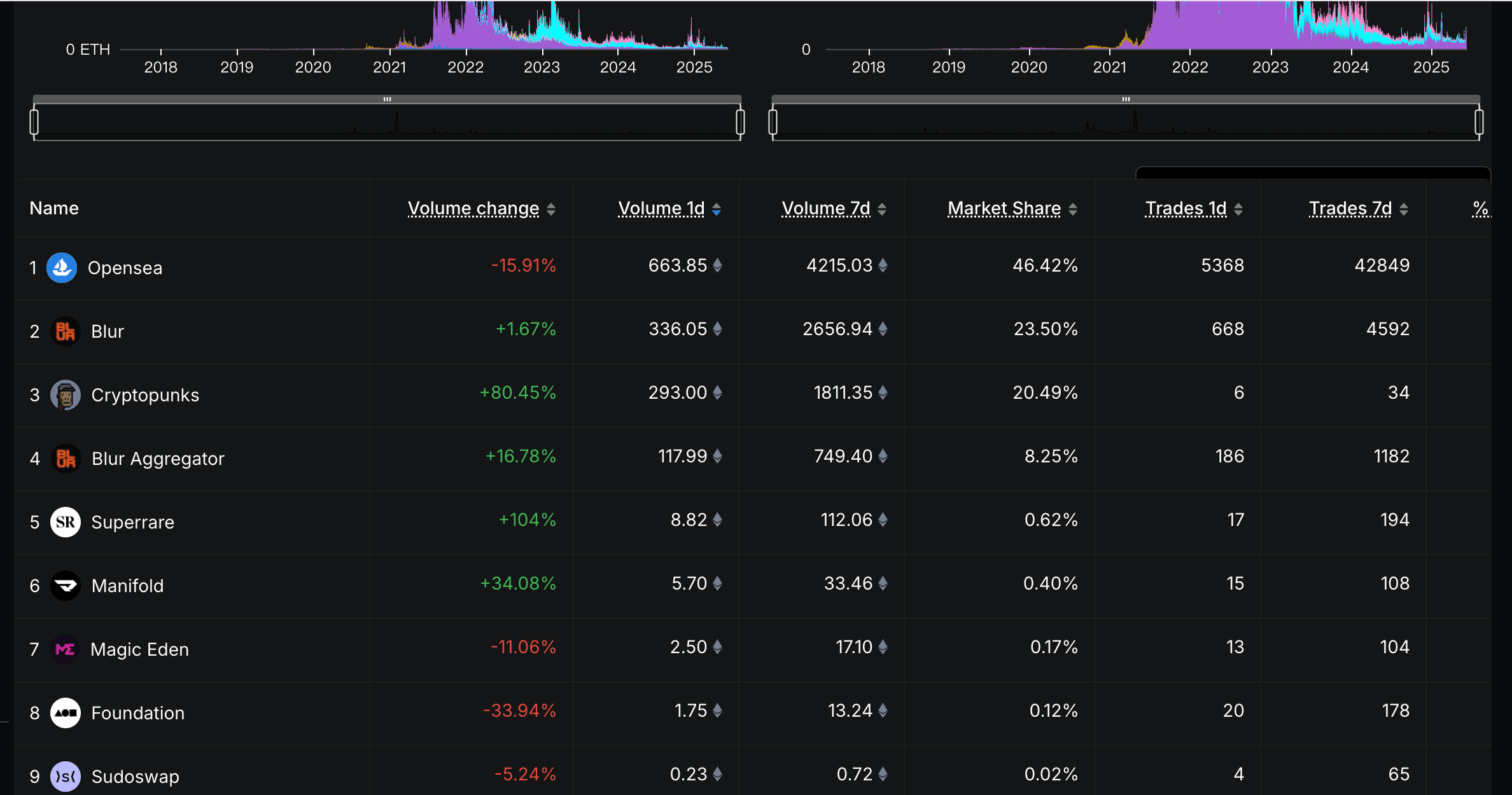
Cross-Chain NFT Trading: Marketplaces like OpenSea and Magic Eden support NFTs from multiple blockchains (Ethereum, Polygon, Solana, and more), increasing liquidity and accessibility for gamers.
-
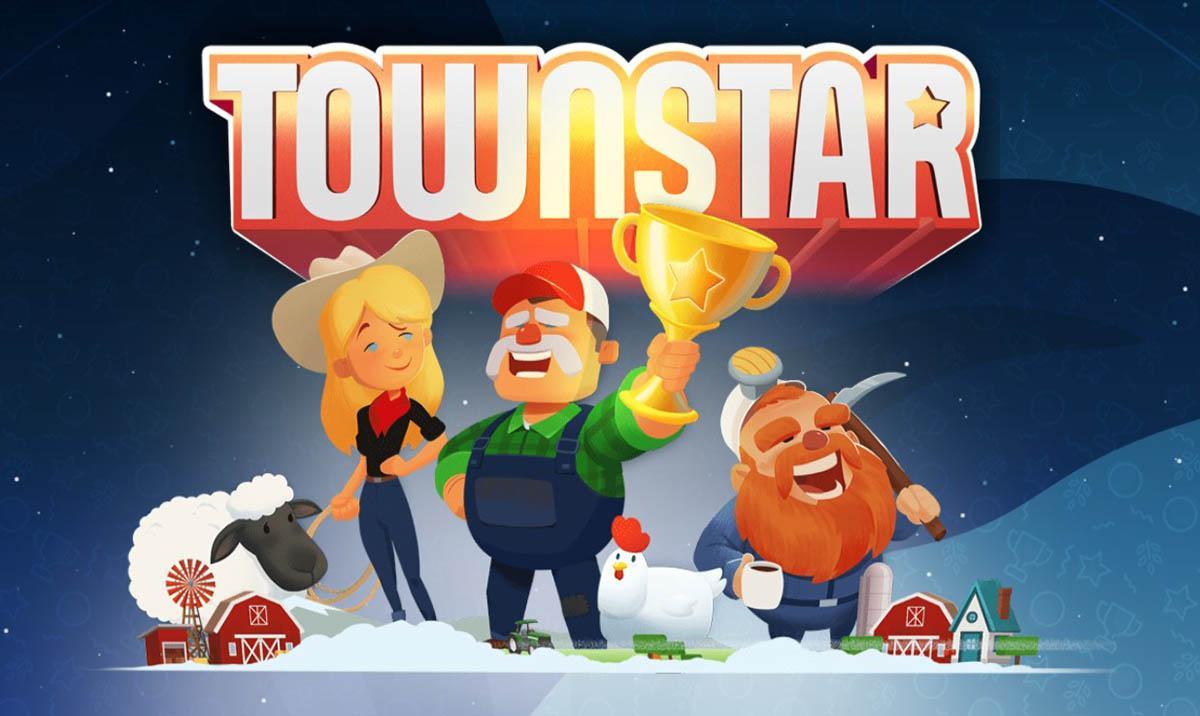
Skill-Based NFT Monetization: Play-to-earn games such as Gala Games reward players with NFTs and tokens that can be traded for real-world value, turning gaming skills into income sources.
What’s Next for Player-Owned Marketplaces?
The roadmap ahead points toward ever-greater interoperability and composability across chains and platforms. Multichain marketplaces are emerging as liquidity hubs, enabling players to move assets fluidly between Arbitrum, Avalanche, BNB Chain, Ethereum, Polygon, Solana, Base, and beyond. This cross-pollination will accelerate as standards for NFT metadata and smart contract interoperability mature.
For forward-looking gamers and developers, this means unprecedented opportunities to capture value from digital creativity and skill. As player-owned marketplaces evolve from niche experiments to mainstream infrastructure, expect new forms of social coordination, guilds forming investment DAOs or communities launching their own in-game economies, to flourish around shared digital assets.
Which feature would most increase your participation in NFT gaming marketplaces?
NFT-based economies are transforming blockchain gaming by enabling true digital ownership and player-driven marketplaces. As a gamer, what feature would make you most likely to engage with NFT gaming marketplaces?
The momentum behind NFT-based economies is undeniable. With networks like Ethereum holding steady at $3,947.23, the foundation for scalable player-owned marketplaces is only strengthening. The convergence of true digital ownership, open markets, and interoperable assets signals a paradigm shift, not just for blockchain games but for the entire digital economy.

